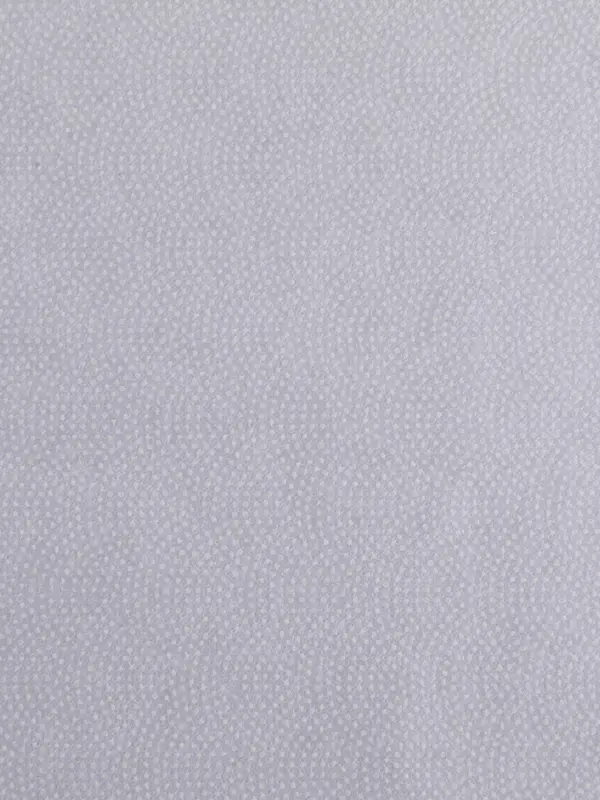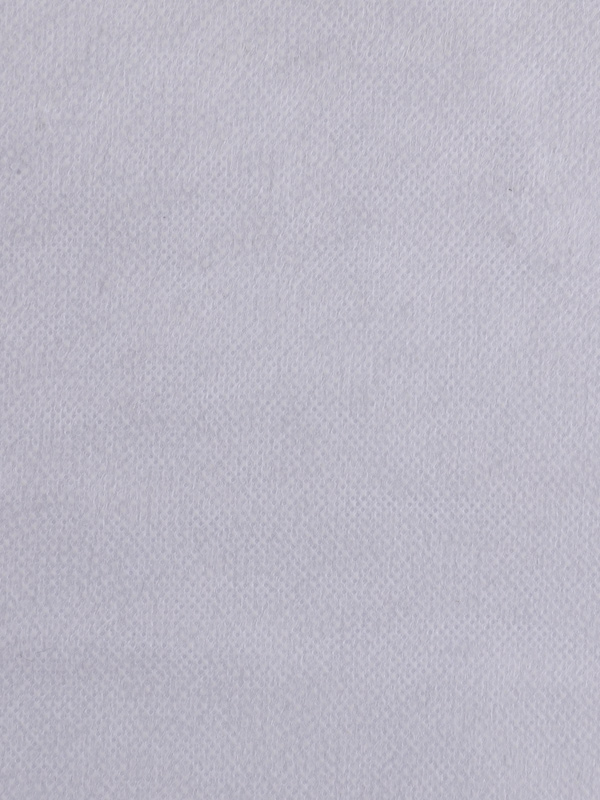In today's world, the improvement of environmental awareness and the pursuit of sustainable development have become a global consensus. In this context, spunbond non-woven interlining, as an environmentally friendly material, is gradually receiving people's attention. Its remarkable feature - easy decomposition, is not only beneficial to the protection of the natural environment, but also makes spunbond non-woven interlining occupy an important position in the field of environmental protection.
Spunbond non-woven interlining is a non-woven fabric made of fibers through a spunbond process. Its manufacturing process does not require weaving by textile machinery, but is directly made of fiber webs bonded by hot pressing. It has the advantages of high production efficiency, low cost, and wide range of uses. More importantly, however, spunbond nonwoven interlinings also have the property of being easily decomposed.
When spunbond nonwoven interlining is discarded, it can quickly decompose in the natural environment. This decomposition process does not require special environmental conditions. After a certain period of natural action, the spunbond non-woven interlining can be completely integrated into the soil and return to nature. This characteristic makes spunbond non-woven interlinings play an important role in reducing waste accumulation and reducing environmental pollution.
In addition, the easy decomposition characteristics of spunbond non-woven interlining are also in line with the concept of sustainable development. Traditional textiles often take a long time to decompose after being discarded, and some even cause pollution to soil and water sources. The rapid decomposition of spunbond non-woven interlining not only avoids the risk of long-term pollution, but also helps maintain ecological balance and protect our common home.
As a sustainable and environmentally friendly material, spunbond non-woven interlining has broad application prospects. It can be used not only in areas such as clothing and household items, but also in areas that require rapid degradation such as agriculture and medical care. As people's awareness of environmental protection continues to increase, spunbond non-woven interlinings will be more widely used and promoted.
We should also realize that the environmentally friendly properties of spunbond non-woven interlinings do not mean that we can discard it at will. Proper use and recycling are equally important. We should minimize waste when using spunbond non-woven interlinings, and conduct reasonable recycling and processing after disposal to maximize its environmental value.
Spunbond non-woven interlining contributes to environmental protection due to its easy decomposition and sustainable utilization. We should actively promote and apply this environmentally friendly material and jointly protect our earth home.









